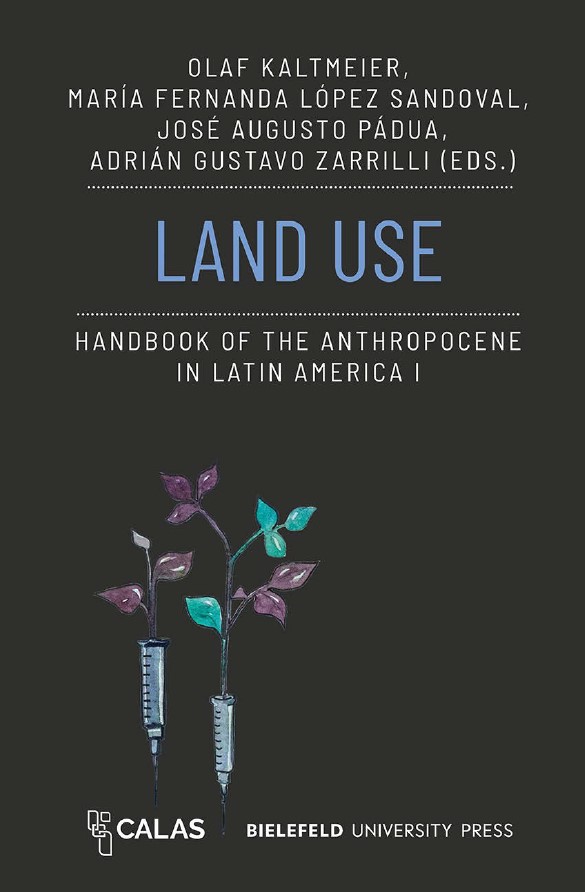Santiago Lopez publishes a book chapter on the regional land use change in the Amazon region from an Anthropocene perspective

Santiago Lopez, Associate Professor in IAS, published a chapter entitled Re-examining Contemporary Land Use and Land Cover Transformations from an Anthropocene Perspective in Land Use: Handbook of the Anthropocene in Latin America in collaboration with the Maria Sibylla Merian Center for Advanced Latin American Studies (CALAS). The chapter discusses Amazonian land use and land cover (LULC) change processes through an Anthropocene lens and examines forest ecosystems as “anthromes” (i.e., human-modified landscapes that have been shaped by direct human interactions with ecosystems). These anthromes are shaped by varying levels of intervention determined by the characteristics of the people who inhabit them, their social structures (endogenous characteristics), and their ties to the larger socioecological system at the national and international levels (exogenous conditions). Through this view, this chapter provides a contemporary take on LULC changes between 1950 and the present based on two coarse, but distinctive landscape arrangements: the ones left by long-term residents and those generated by peasant farmers in frontier lands.
